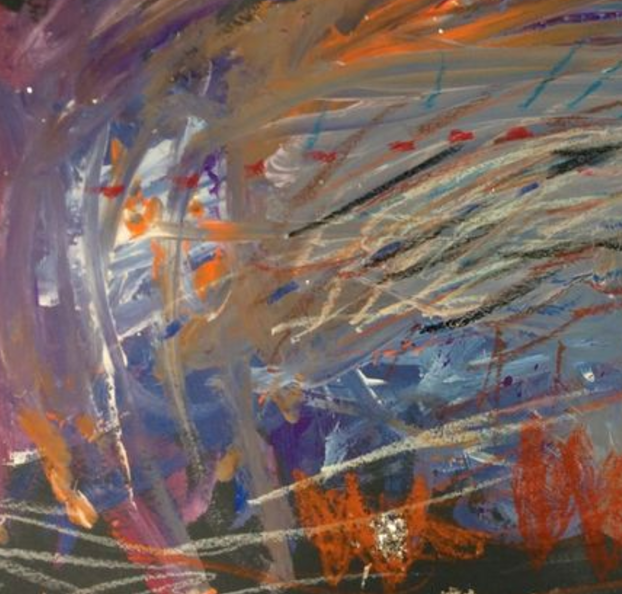Those of us who spend our days in the company of young children need not search far for understanding of this term. Whether you laugh along with it or whether it makes you leave the room for a break, we all know it. There is nothing quite as joyful as the silly, laughing, tumbling energy of young children and, as with anywhere else, in a classroom, it spreads. One child begins and before long the entire group is rolling around, tumbling or even doing cartwheels, all in full laughter and trying to get them back attentive and calm is a task only befitting the bravest of souls.
The early learning frameworks of two provinces in Canada that I was reading recently qualify this type of play with a name: Dizzy Play.
“Children’s play sometimes erupts suddenly in loud, boisterous, physical bursts. This kind of play is exhilarating and infectious, creating communities through shared laughter. Children love to twirl until they are too dizzy to stand up, laugh with others over nothing in particular, babble nonsense words in a riotous conversation, put their pants on their head or their jacket on their legs and perform for their friends. They revel in their power to turn the world upside down, playfully confident that they can restore it.”
Early Learning and Child Care: English Curriculum Framework for New Brunswick, 2007, p.29 .
Continue reading “How do we allow for the joy of ‘dizzy play’ in our programs and why should we?”


